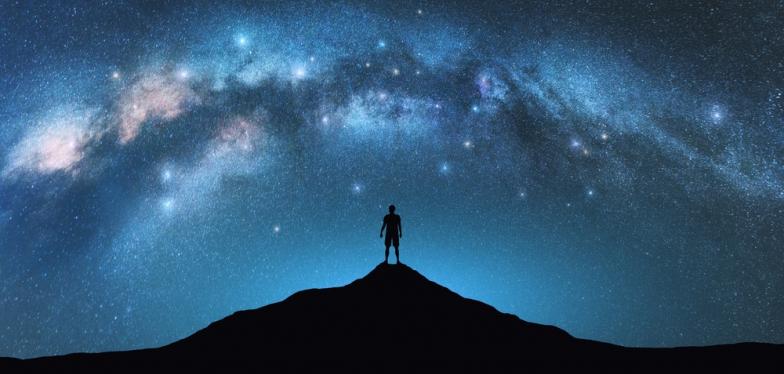Belgians contribute to the largest catalogue of the Milky Way
Belgian astronomers are participating in the Gaia mission under the aegis of the European Space Agency (ESA), and are helping to lift the veil on the formation, structure and history of the Milky Way.

The Gaia satellite has been mapping the sky and its Milky Way since 2014. And Belgium is part of this mission aiming to provide a better knowledge of the universe. Thanks to the support of the Belgian Federal Science Policy (BELSPO) through the ESA PRODEX programme, Belgian astronomers from the country's main research centres are working on the processing and analysis of the data collected by this satellite.
Scientists are using the light spectrum of starlight (spectroscopy) to collect new information about the chemical compositions, temperatures, colours, masses and ages of stars and other celestial bodies. Thanks to this process, they can also study the speed at which these celestial bodies approach or move away from Earth.
In practical terms, within the Institute of Astronomy of KU Leuven, a working group classifies the variable stars (whose luminosity varies) detected by Gaia, while the researchers from the University of Antwerp measure radial velocities* and stellar variability. The researchers from the STAR institute of ULiège are using their expertise to characterise the orbits of binary stars and study quasars**, leaving their ULB counterparts to study the multiple stars. The astronomers from the ROB (Royal Observatory of Belgium) are helping to measure the relative separation velocity of more than 33 million stars.
Our scientists are therefore contributing to a significant advance in our knowledge of the structure and evolution of the Milky Way.
* speed of an object measured in the direction of the ray towards or from the observation point
** source of quasi-stellar astronomical radiation